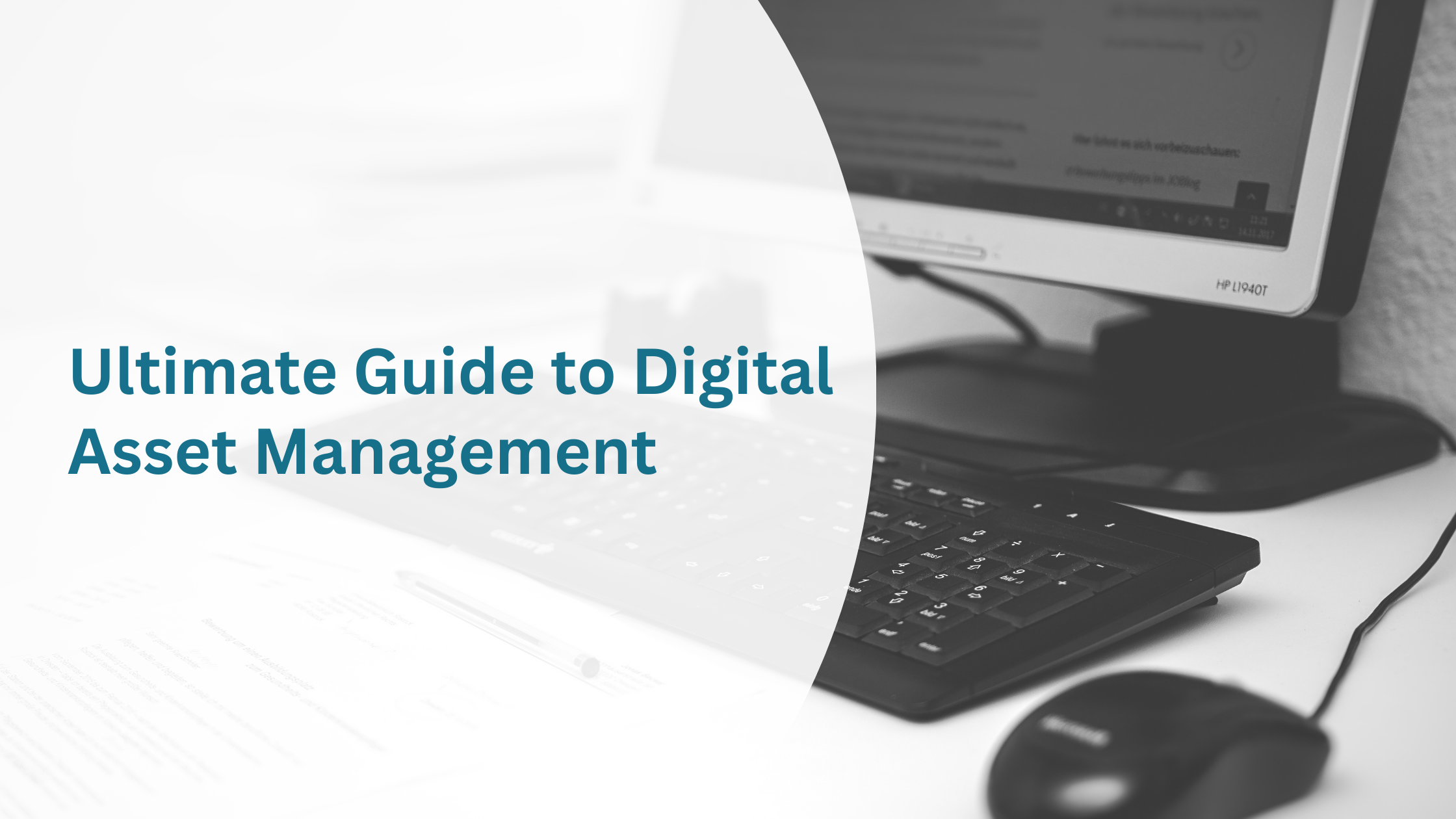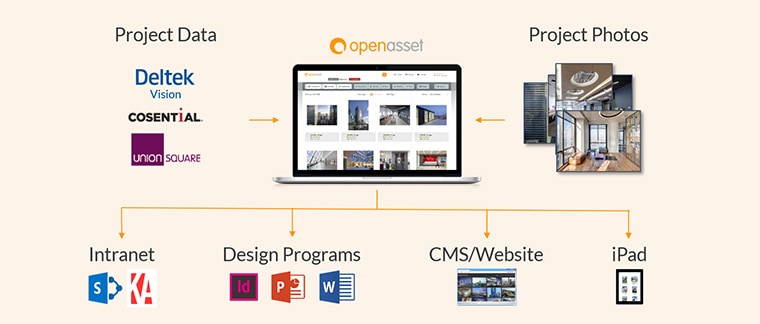What is Digital Branding?
Jun 27, 2022

How to Develop a Strong Digital Brand for Your Business
Your brand represents a set of expectations, stories, and relationships that, taken together, account for a consumer’s decision to choose your service over another. In the digital age, those expectations, stories, and relationships are created and managed almost entirely online.
Fortunately, this digital branding guide has everything you need to manage online expectations, build online relationships, and develop a digital brand strategy that grows your business.
What is Digital Branding
Digital branding refers to the process of designing and building an online presence via the use of certain digital platforms, such as your website, social media profiles, and the apps you use to reach your target audience.
Digital Branding vs. Digital Marketing: What’s the Difference?
Though often used interchangeably, digital branding and digital marketing should be seen as two parts of a greater digital brand strategy. In other words, digital branding represents your cumulative online efforts to gain brand recognition and customer loyalty, whereas digital marketing refers to the ways in which you disseminate your brand to the target audience.
Like bait on a hook, digital branding is used to make a splash with the target audience and lure the right customer to your business. Digital marketing is the fishing pole you use to cast that bait – your brand – in the right direction, these include things like social media advertising, content marketing, and search engine optimization (SEO).
Digital Branding Benefits for AEC Firms
The benefits of digital branding apply to every business, but especially those in the architecture, engineering, and construction (AEC) sectors, where digital transformation is redefining what it means to build things.
Recognition: Ensure Everyone Knows Who You Are and What You Do
77% of consumers purchase items because of the brand name, and 82% of investors prioritize brand recognition. That’s because, in the digital world, when a customer recognizes a brand’s color, theme, logo, etc. they are more likely to choose that product over others.
From something simple and minimalistic to something wild and eye-popping, a good brand will always be recognized in a sea of others. The first step to building brand recognition is to ensure that everyone on your team knows your value proposition and can quickly articulate how your brand stands out from the competition.
Reputation: Improve the Perception of Your Business
According to the World Economic Forum, 25% of a company’s market value can be directly related to its reputation, and 87% of executives think that reputational challenges are more important than other strategic risks.
Moreover, online reviews are now a key part of a digital brand’s business model. Nearly 40% of consumers have come to distrust traditional advertising, but the majority will take online peer reviews in good faith as somehow infinitely more reliable and authentic than a traditional ad.
That said, 67% of consumers say they need to trust the brand behind a product or service before they make a purchase. In the digital age, having a good reputation isn’t enough. You need to generate brand loyalty.
Loyalty: Ensure Dedication, Regardless of Deficiencies
Brand loyalty is important because a loyal audience generates revenue. The connection they feel to your brand translates into consistent purchases that remain as your brand grows and expands.
To build brand loyalty, you need to develop a story around your brand that is authentic and relatable. This includes all of your digital assets, things like your logo, mission, value statements, visuals, and copy.
Consumers are also more loyal to brands that they identify with. Therefore, if you’re not sure how to bridge the gap between your brand and your audience, start by identifying the values of your user persona. This should provide a good starting point to better understand your audience’s motivations, behaviors, and concerns.
Consistency: Present a Unified Image to the World
Brand consistency refers to a company’s ability to maintain its identity, values, and strategy over time. Brand consistency is important because it enables your marketing and sales teams to:
- deliver messaging that aligns with the company’s stated values,
- foster trust and confidence in your business,
- shape brand perception,
- evoke positive emotions,
- differentiate your brand from the competition, and
- promote the visual brand elements (logos, colors, etc,) that make your brand recognizable.
The first step to improving brand consistency is to develop brand guidelines that impose clear rules and standards for your visual and written materials. Any conversations that arise regarding your visual elements and messaging will serve as the foundation for your brand guidelines.
Equity: Increase the Value of Your Brand in and of Itself
Brand consistency and a defined offering not only aid in recognition, but they also positively impact your equity. Brands are worth as much as their image projects. Consumers are consistently aligning themselves with brands that make them feel good, making them worth more.
Organizations establish brand equity by creating positive experiences that entice consumers to not only buy their product but consistently buy their product over the competition. This is done by generating awareness through campaigns that:
- speak to target-consumer values,
- deliver on promises and qualifications, as well as
- loyalty and retention efforts.
Recruitment: Attract Top Talent to Your Business
When a business has effective branding, it is hard for people to not notice. In addition to customers, a strong brand also attracts the attention of top talent who are excited to add your brand name to their resume.
Your employer brand is especially important, considering one of the largest challenges among AEC firms in 2022 is employee retention. According to a workforce survey, 89% are struggling to find enough qualified workers. The impact of positions left open can negatively affect AEC firms in more ways than one, including:
- project delays and cancellations,
- projects reduced or scaled back,
- inability to respond to market needs,
- lost project bids, and
- a failure to innovate, among others.
Performance: Outperform Your Competitors
According to a survey conducted by G2, a consistent brand presentation across all platforms increases revenue by up to 23%, which is, ultimately, the greatest benefit to building a digital brand that is well-established, well-liked, and known for its commitment to transparency, quality and customer service.
Implement a DAM to Make Digital Branding More Effective
There are many ways to build a successful digital brand, but all of them require a substantial amount of time and effort on behalf of your marketing team. Fortunately, there are tools available that make the process easier.
Digital asset management (DAM) is a business process and information management technology that enables organizations with a centralized system to organize and access their media assets. Armed with the power of self-service, your sales, marketing, and communications teams can collaborate more effectively; locate the assets they need, and capitalize on opportunities without unnecessary downtime.
By implementing a modern DAM system, like OpenAsset, you also enable your team with the capabilities they need to deliver a consistent brand message and support omnichannel customer experiences at scale without the extra time and effort. Contact OpenAsset today to get started.





